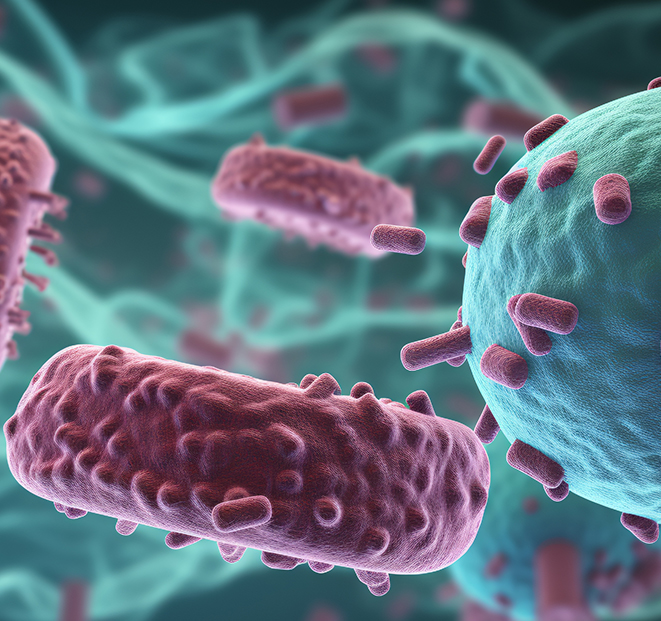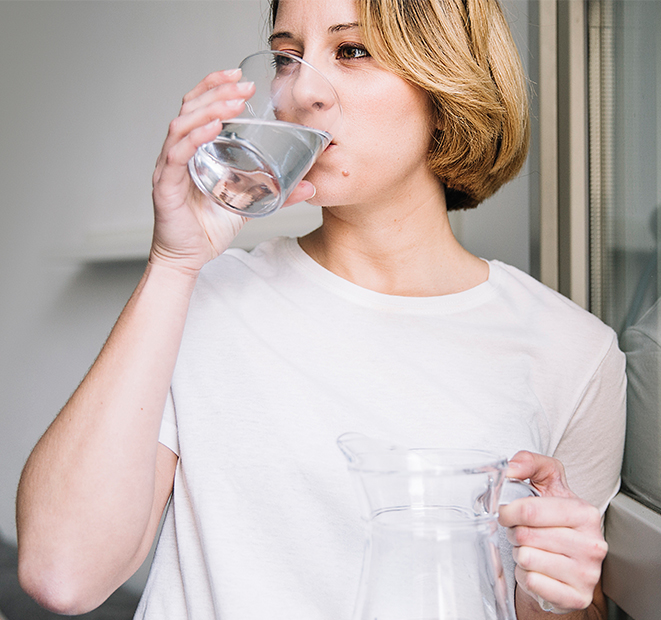Legionella testing alone is no guarantee of a safe water system – our guide to the 7 “Rs” will help you understand how to comply.
The Seven “Rs” of Legionella Control
Responsibilities – identify the duty holder and Appointed Competent Person.
Risk Assessment – including recommendations for works and a prevention programme.
Written Scheme – a vital document that describes how Legionella is controlled at the building under your control – not just a general policy document and useful as a “tick sheet” to make sure everything is allocated to a responsible staff member or contractor.
Routine monitoring and flushing – this forms part of the scheme of control.
Refresher Training – for everyone involved.
Records – 5 years is required for some documents and advised for all.
Registered Contractors – must be LCA members.
We can assist you with all of the above. Other services we provide fall broadly into the categories of:
 Water System Hygiene
Water System Hygiene
 Water Quality Assessment and Testing
Water Quality Assessment and Testing
 Corrosion Control
Corrosion Control
 Scalding Prevention - TMVS
Scalding Prevention - TMVS
 Calorifier Descaling
Calorifier Descaling
 Swimming Pools and Spas
Swimming Pools and Spas
 Water Tank Replacement and Refurbishment
Water Tank Replacement and Refurbishment
We are aware of the sensitivity issues involved in Legionella control in residential properties, but find most tenants to be cooperative and pleased that their welfare is being considered. That being said, we always communicate with key personnel to arrange a convenient time for our site visit.
Communal Water Tank Care
Vacant flats in particular can contribute to system stagnation and create a breeding ground for Legionella and other bacteria beyond the reach of management. Residents will often ask our staff what they can do to reduce the risk of Legionella proliferation and as part of our responsible management programme we are always happy to offer guidance.
Residential accommodation can present special problems to building managers, as it is not uncommon for only part of the building to be under their control. This makes it even more important to ensure that the parts of the communal water tank, or communal water system they are responsible for maintaining are kept in prime condition, so that if the worst should happen and there is a Legionella outbreak, they are able to prove that they are not at fault.
Can I drink from water supplied from a water tank?
HSE’s guide to Legionella control, HSG274, makes it clear that cold water storage tanks should be cleaned when an inspection indicates, depending on biofilm, rust, scale and sediment levels. This means that draining and removal of debris might be carried out every 2 to 3 years. If the tank is at roof level, drinking water will usually be supplied separately by the rising main direct to the kitchen tap.
But what if the tank supplies drinking water? This is usually the case when the tanks are located in the basement or at ground level and water is boosted up by a pump set. This means you must also protect drinking water quality. So with a “booster tank” you are concerned about the growth of a multiplicity of organisms as well as Legionella. The Water Supply Regulations 1999 apply, and are interpreted under the Water Regulations Advisory Scheme (WRAS) in the Water Regulations Guide. This states that the interior of a drinking water tank should be kept clean and regularly inspected and cleaned internally. Further guidance comes from the Drinking Water Inspectorate, which points to the British Standards for water supply installations. These state:
“Cisterns storing drinking water should be inspected annually or more frequently if fouling is suspected. Cleaning and disinfection should take place annually or sooner if monitoring indicates deterioration in aesthetic or microbiological quality.”
Taken with the WRAS guidelines above 6 monthly microbiological sampling and annual cleaning and disinfection are generally considered prudent.





